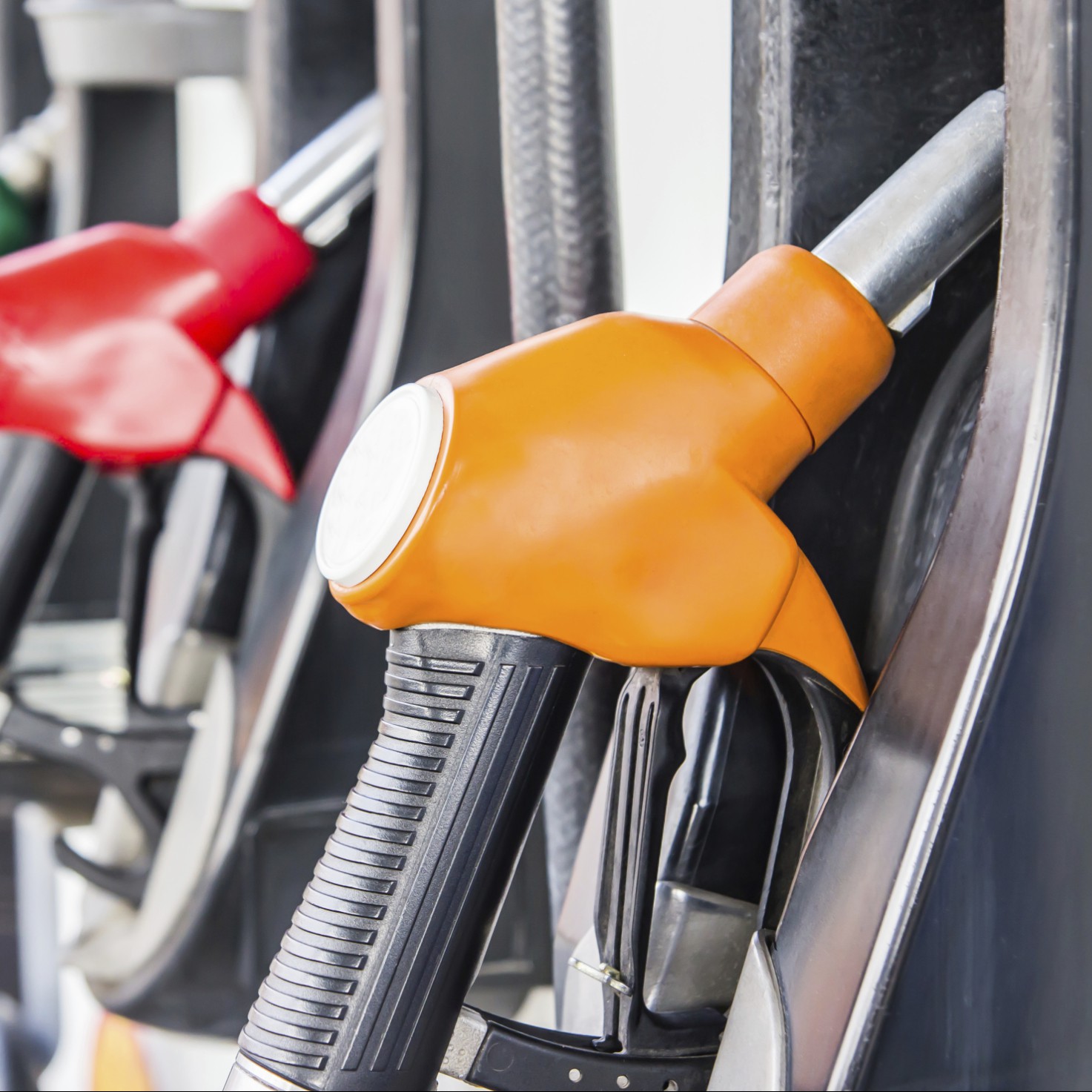
Over the past week, U.S. retail gasoline prices have bounced back across much of the land, with a national average of $2.55 per gallon, an increase of three cents. GasBuddy conducts this weekly survey to keep a pulse on the nation’s gas prices.
In the same time, oil prices have risen slightly to $62.13 per barrel, up 76 cents compared with prices in early trading last Monday on little change in fundamentals over the past week. Weekly data from the U.S. Energy Information Administration last Wednesday showed a large 5 million barrel increase in crude oil inventories, initially pushing oil prices down as a result, before they recovered. Large builds in oil inventories aren’t uncommon during the spring as refiners slow down processing as upgrades and maintenance take place ahead of the flurry of demand during the summer driving season.
However, gasoline inventories posted the exact opposite, falling 6.3 million barrels to a similar level from a year ago, most likely for similar reasons. All five regions of the country saw gasoline inventories declining. Total petroleum inventories remain consistently under their year-ago level with last week’s numbers lagging by 10.5% versus 2017, likely due in bulk to OPEC’s oil production cuts.
Patrick DeHaan, head of petroleum analysis for GasBuddy, commented:
Gas prices remained mostly in check over the last week, yet the national average pushed higher as seasonal factors continue to weigh on the market, led by jumps at the pump in some Great Lakes states over the weekend. The national average now stands at its highest level in over a month and is likely to continue moving higher in the weeks ahead as demand continues to recover from the winter blues and the transition to summer gasoline kicks into high gear. Overall, gas prices this spring will come in some 10-25% higher than a year ago, removing billions of dollars from other areas of the economy that will instead be funneled to the pump.
According to GasBuddy, the largest weekly changes in average gas prices state-by-state were seen in: Illinois (+8 cents), Michigan (+7 cents), Georgia (+6 cents), Kentucky (+6 cents), Maryland (+5 cents), Tennessee (+5 cents), Nevada (+5 cents), Delaware (+5 cents), Utah (+5 cents) and West Virginia (+5 cents).
The states with the lowest average per-gallon gasoline prices included: Missouri ($2.27), Mississippi ($2.27), South Carolina ($2.28), Alabama ($2.28), Arkansas ($2.29), Texas ($2.31), Oklahoma ($2.33), Louisiana ($2.33), Tennessee ($2.34) and Wyoming ($2.36).
On the other hand, states with the highest average gasoline prices were: Hawaii ($3.51), California ($3.41), Alaska ($3.06), Washington ($3.03), Oregon ($2.94), Nevada ($2.85), Pennsylvania ($2.74), New York ($2.67), Connecticut ($2.65) and Michigan ($2.64).
Get Ready To Retire (Sponsored)
Start by taking a quick retirement quiz from SmartAsset that will match you with up to 3 financial advisors that serve your area and beyond in 5 minutes, or less.
Each advisor has been vetted by SmartAsset and is held to a fiduciary standard to act in your best interests.
Here’s how it works:
1. Answer SmartAsset advisor match quiz
2. Review your pre-screened matches at your leisure. Check out the advisors’ profiles.
3. Speak with advisors at no cost to you. Have an introductory call on the phone or introduction in person and choose whom to work with in the future
Thank you for reading! Have some feedback for us?
Contact the 24/7 Wall St. editorial team.
 24/7 Wall St.
24/7 Wall St.




